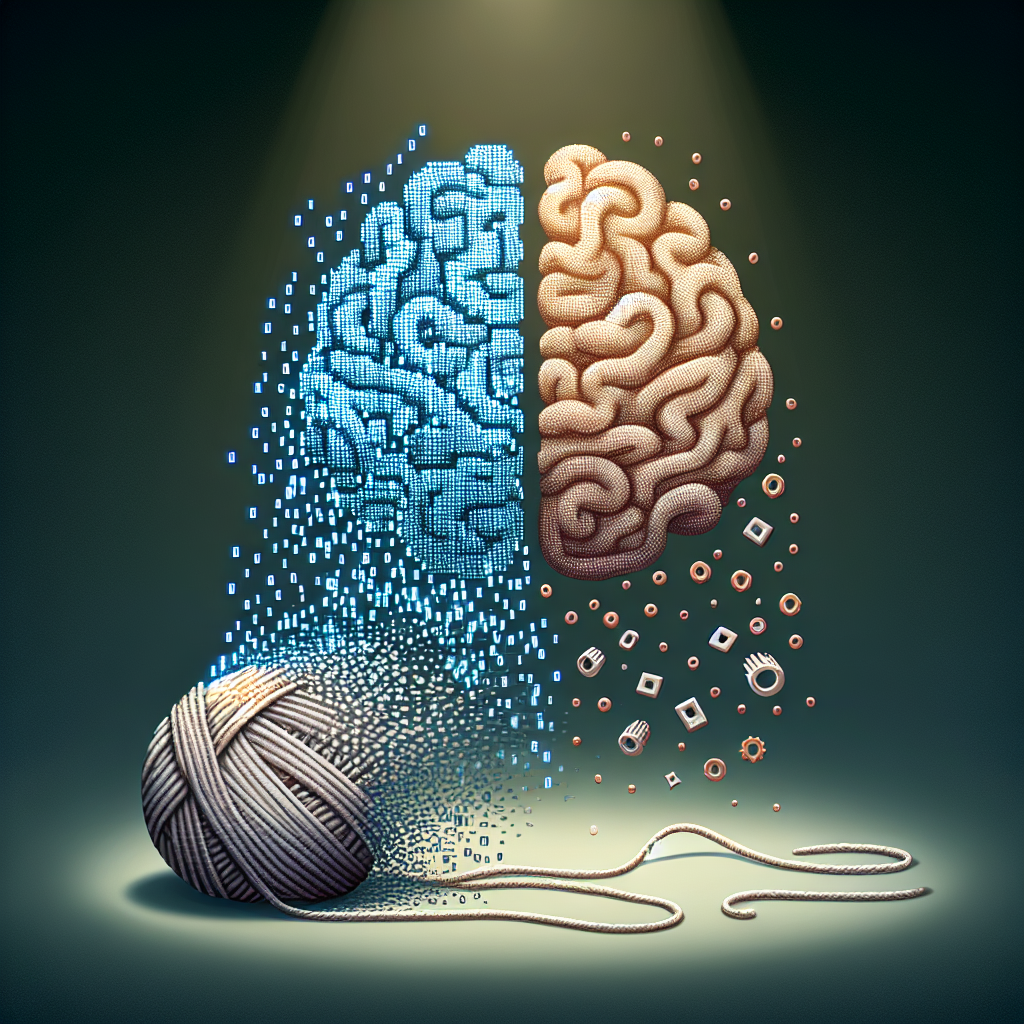Artificial Intelligence (AI) and machine learning are two of the most talked-about technologies in the world today. From self-driving cars to personalized recommendations on streaming platforms, these technologies are transforming the way we live, work, and interact with the world around us. But what exactly are AI and machine learning, and how do they work? In this article, we will unravel the complexities of these technologies and explore their potential impact on society.
What is Artificial Intelligence?
Artificial Intelligence is a broad field of computer science that focuses on creating machines that can perform tasks that typically require human intelligence. This can include anything from recognizing speech and images to making decisions based on data. AI can be divided into two main categories: narrow AI and general AI.
Narrow AI, also known as weak AI, refers to systems that are designed to perform specific tasks, such as playing chess or translating languages. These systems are very good at their specific tasks but lack the ability to generalize to new tasks or situations.
General AI, on the other hand, refers to systems that can perform any intellectual task that a human can do. These systems are still largely theoretical and are the subject of much debate and speculation within the AI community. Some experts believe that the development of general AI could have profound implications for society, while others are more skeptical of its potential.
How does AI work?
AI systems rely on algorithms, which are sets of instructions that tell a computer how to perform a specific task. These algorithms can be trained on large amounts of data to learn patterns and make predictions. One of the most common techniques used in AI is machine learning, which is a subset of AI that focuses on teaching computers to learn from data.
What is Machine Learning?
Machine learning is a subset of AI that focuses on teaching computers to learn from data. Instead of being explicitly programmed with all the rules and instructions needed to perform a task, machine learning algorithms are trained on large amounts of data and learn to make predictions or decisions based on that data.
There are several different types of machine learning algorithms, including supervised learning, unsupervised learning, and reinforcement learning. In supervised learning, the algorithm is trained on labeled data, which means that each data point is accompanied by a label that indicates the correct answer. The algorithm uses this labeled data to learn patterns and make predictions on new, unlabeled data.
In unsupervised learning, the algorithm is trained on unlabeled data and must find patterns or structure in the data on its own. This can be useful for tasks such as clustering similar data points together or reducing the dimensionality of a dataset.
Reinforcement learning is a type of machine learning where an agent learns to make decisions by interacting with an environment and receiving rewards or punishments based on its actions. This type of learning is often used in tasks such as game playing or robotics.
What are some applications of AI and machine learning?
AI and machine learning have a wide range of applications across various industries. Some common examples include:
– Healthcare: AI and machine learning are being used to diagnose diseases, personalize treatment plans, and predict patient outcomes.
– Finance: AI is used in fraud detection, credit scoring, and algorithmic trading.
– Retail: AI is used to personalize recommendations, optimize pricing, and improve customer service.
– Transportation: AI is used in self-driving cars, traffic prediction, and route optimization.
– Marketing: AI is used to personalize advertisements, predict customer behavior, and optimize marketing campaigns.
What are the ethical implications of AI and machine learning?
As AI and machine learning become more prevalent in society, there are growing concerns about their ethical implications. Some of the key issues include:
– Bias: Machine learning algorithms can learn biases from the data they are trained on, leading to unfair or discriminatory outcomes. For example, a facial recognition system trained on predominantly white faces may perform poorly on faces of other races.
– Privacy: AI systems often rely on large amounts of data to make predictions, raising concerns about data privacy and security. There are also concerns about the potential for AI systems to infringe on individual privacy rights.
– Autonomy: As AI systems become more advanced, there are concerns about the potential for these systems to make decisions that affect people’s lives without human intervention. This raises questions about accountability and transparency in AI decision-making.
FAQs
Q: What is the difference between AI and machine learning?
A: AI is a broad field of computer science that focuses on creating machines that can perform tasks that typically require human intelligence. Machine learning is a subset of AI that focuses on teaching computers to learn from data.
Q: What are some common applications of AI and machine learning?
A: Some common applications of AI and machine learning include healthcare, finance, retail, transportation, and marketing.
Q: What are some ethical implications of AI and machine learning?
A: Some ethical implications of AI and machine learning include bias, privacy, and autonomy.
In conclusion, AI and machine learning are powerful technologies that have the potential to transform society in profound ways. While these technologies offer many benefits, it is important to consider the ethical implications and ensure that they are developed and deployed responsibly. By understanding the complexities of AI and machine learning, we can harness their potential for the greater good and create a more equitable and just society.

